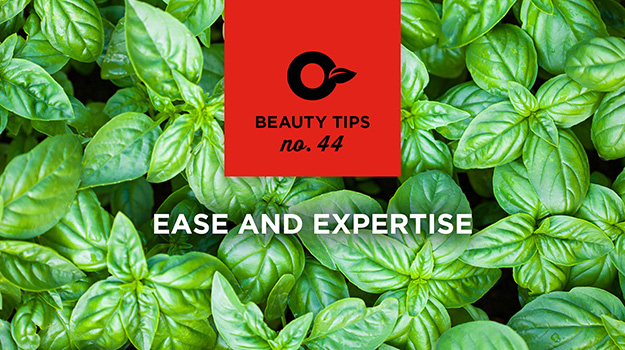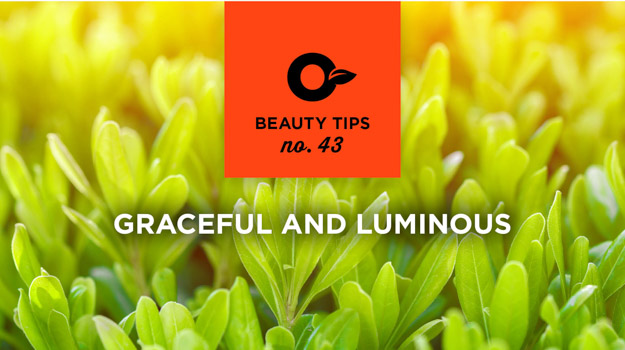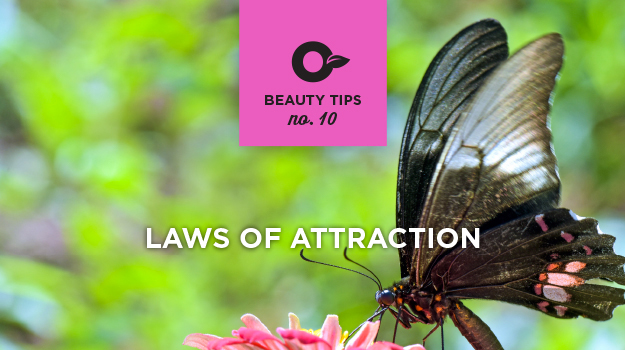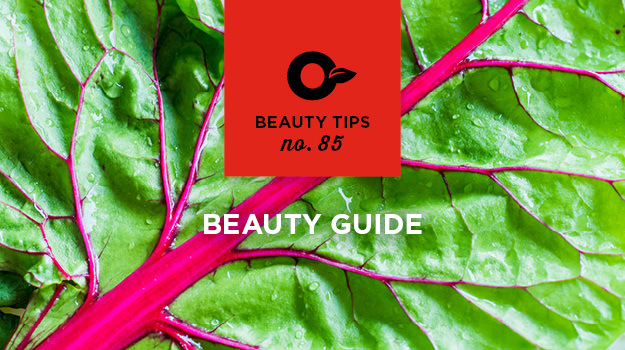
Insecticidal soap spray is an effective way to get rid of a number of harmful insects, including aphids, whiteflies, thrips, mealybugs, spider mites, scale and many others. Although it is a great addition to the pest control arsenal, insecticidal soap isn’t problem-free and is often misused by well-meaning gardeners who believe it is completely safe.
It’s true that insecticidal soap is inexpensive and comparatively nontoxic, but it is still a pesticide and should be used with great care. When used improperly, it can kill friendly insects, including bees. Insecticidal soap may even damage the very plants it’s intended to protect.
How Does Insecticidal Soap Work?
Soap contains fatty acids that break down the protective outer coating of aphids and other soft-bodied pests. The pests become dehydrated very quickly and death soon follows.
Insecticidal soap kills only on contact, meaning it’s safe for friendly insects that might wander onto the foliage after the soap dries. The down side is that there are no residual effects and the product must be reapplied every few days until the pest problem is well under control.
Homemade Insecticidal Soap Spray v. Commercial Products
Homemade insecticidal soap saves you a few pennies, but you may decide it’s worthwhile to spend a little extra money for commercial products that are carefully formulated to be safer and more gentle for plants.
The type of water can also affect how homemade mixtures work. For example, hard water can create a nasty soap scum on plant leaves.
If you decide to make your own spray, be sure to use a product containing soap instead of harsh detergents that may damage tender foliage. Avoid products that contain fragrance, de-greasers, or other additives.
Tips on Using Insecticidal Soap Spray Safely and Effectively
- To avoid scorching plant leaves, never spray when the sun is directly on the foliage or when temperatures are above 90 F. (32 C.). Mornings and evenings are usually the best time.
- Avoid spraying when the weather is windy to prevent spray drift.
- Use the weakest solution possible. Increase the soap content only if the gentler solution isn’t effective.
- Spray leaves until the soapy solution is just beginning to drip. Don’t forget to coat the undersides of leaves (where aphids tend to congregate).
- Don’t spray if lady beetles or other friendly insects are on the plant. Wait a couple of hours and check again.
- Apply insecticidal soap spray only when the plant has been watered and is well-hydrated. Wilted plants are more susceptible to damage.
- If you’re concerned that a plant may be sensitive to soap, apply a small amount to one leaf. You’ll know in about a day if the leaf shows spotting, browning, or other signs of damage.
- Keep in mind that some plants, including palms, ivy and ferns, are more sensitive to insecticidal soap spray.
- Be careful about spraying tender new growth.




